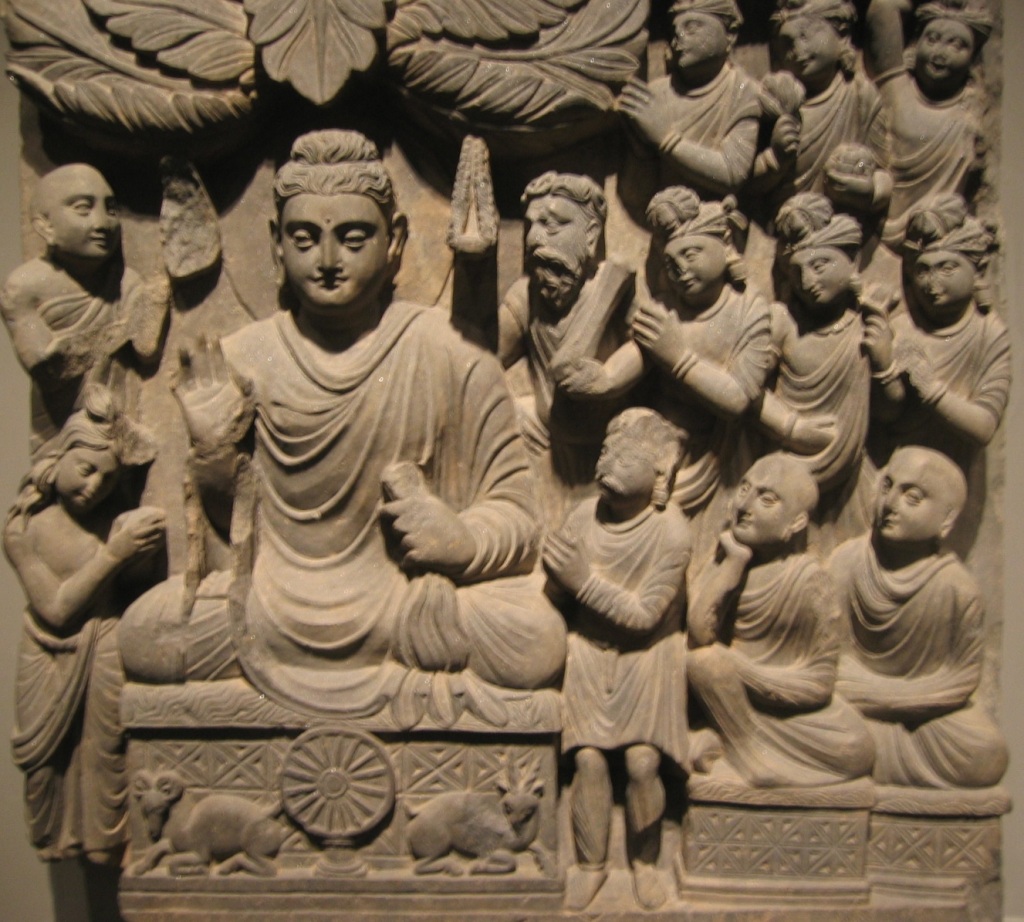Essays
-
A Look at DĀ 1: Buddhas, Brahmins—and Bodhisattvas
This week, I want to begin a series of blog posts that take a look at selections from the Dīrgha Āgama, both in their own light and that of parallels that exist. These posts won’t be in-depth essays or particularly technical; rather, I’ll introduce a particular sūtra and attempt to draw out a few issues… Continue reading
-
June Update: First Half of DĀ 30 Released
The editing of the Description of the World Sūtra (DĀ 30) continues, but I’ve released Chapters 1-7 of this large, multi-chapter sūtra that collects Buddhist cosmology and mythology into a single large text. This version that’s found in the Dīrgha Āgama (DĀ) is one of four Chinese translations of this sūtra which are dated between… Continue reading
-
Outer Freedom and Inner Bondage

In America and much of the West, the common understanding of the word “freedom” is something I might call “outer” freedom: Freedom from outside control and persecution, especially from government or religious institutions. The religious wars of post-Catholic Europe and the immorality of the medieval aristocracy shaped the concepts of rights and democracy in England,… Continue reading
-
An Introduction to the Middle-Length Agama

The Middle-Length Agama (MA) is Taisho No. 26, which spans 60 fascicles and 388 pages of the Taisho Daizokyo, Vol. 1. To put this in perspective, a page of Taisho prose typically translates to 1,500 words of English, so a complete translation of MA will probably be 600,000-700,000 words in length. In addition to this… Continue reading
-
Wealth, Knowledge, and Wisdom

Human beings are like rats: We like to acquire things. I recall a rat I once took care of for a friend. I had never known a rat before, so it was a learning experience. The most striking thing about the rat to me was that it had a home, a little dome in which… Continue reading
-
The Place of the Chinese Āgamas in Buddhist Literature

The Chinese Buddhist canon is unique in that it contains a record of the scriptures and philosophical texts that were circulating in Central Asia and India during the peak of Buddhist literary creativity between 0 CE and the arrival of Islam. Most of the major works were translated several times over a period of about… Continue reading